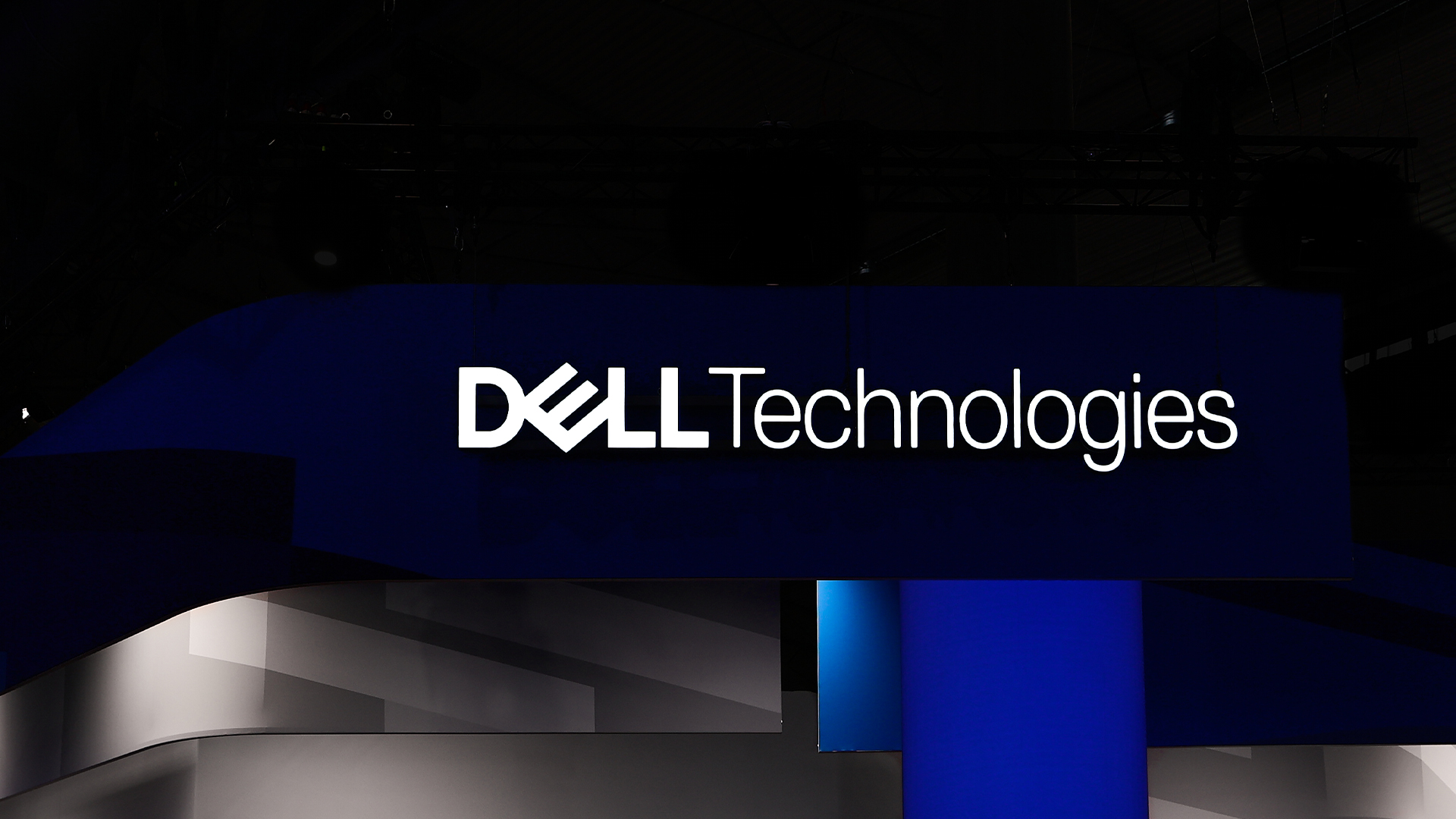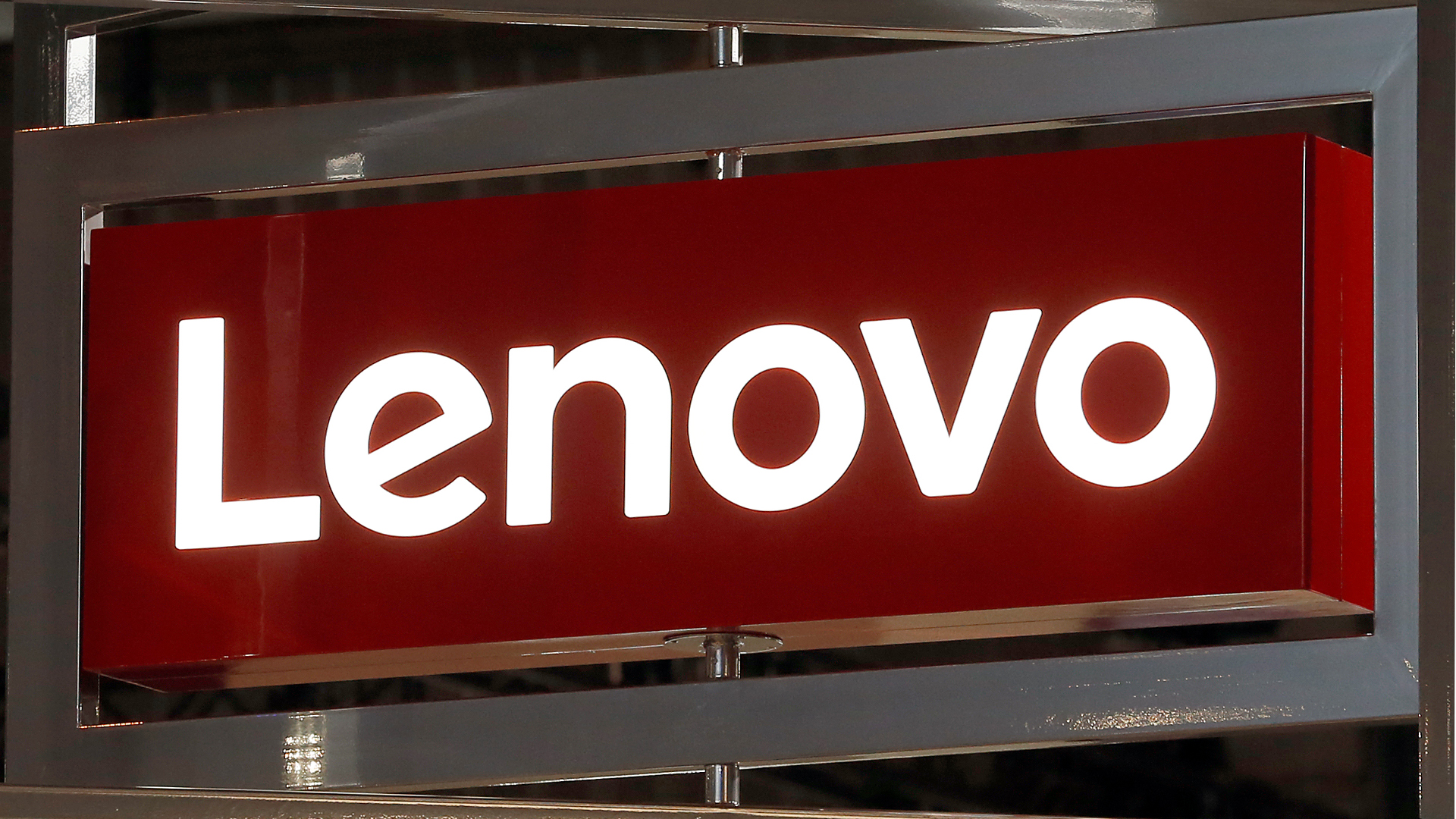IBM patches "highly dangerous" Maximo Asset Management flaw
Companies in aerospace, nuclear power and pharmaceutics are vulnerable to server-side request forgery attacks


IBM has patched a dangerous flaw found in its Maximo Asset Management software that could allow hackers to send unauthorised requests from corporate systems to scan networks and launch other attacks.
Dubbed vulnerability CVE-2020-4529, the flaw also affects industry-specific versions of IBM Maximo, for sectors including pharmaceuticals, oil and gas, auto manufacturing, aerospace, railways, airports, utilities, and nuclear power plants. It also affects SmartCloud Control Desk, IBM Control Desk and Tivoli Integration Composer.
Found in versions 7.6.0 and 7.6.1 of IBM Maximum Asset Management, the attack involves server-side request forgery (SSRF), according to Positive Technologies experts Arseny Sharoglazov and Andrey Medov, who discovered the flaw. With a CSS score of 7.3, it’s deemed “highly dangerous”.
SSRF is a web security flaw that allows an attacker to induce a server-side application to make HTTP requests to an arbitrary domain the attacker chooses. A typical attack may cause the server to make a connection back to itself, or to external third-party systems.
IBM Maximo is usually accessible from all of a company’s warehouses, located in multiple regions and countries, with users’ access restricted to only what they need. Large companies use IBM’s computerised maintenance management system (CMMS) to run maintenance and repairs in industries that rely heavily on assets.
The vulnerability, however, allows bypassing of this restriction and could, therefore, be exploited by hackers to potentially access all systems, blueprints, documents and accounting information.
“IBM Maximo Asset Management software is used at major critical facilities,” said Sharoglazov. “Any vulnerabilities in it could attract APT groups interested in access to the internal network.
Sign up today and you will receive a free copy of our Future Focus 2025 report - the leading guidance on AI, cybersecurity and other IT challenges as per 700+ senior executives
“One example of a low-privileged attacker is a warehouse worker, who remotely connects to the system and enters items into a database. A threat could also come from the warehouse worker's workstation itself, if infected by a virus.”
Employees may sometimes connect to IBM Maximo directly over the internet with weak passwords and no VPN, Sharoglazov added, making an attack easier to perform.
This may allow an authenticated attacker to send unauthorized requests from the system, potentially leading to network reconnaissance or facilitating other attacks.
Customers are urged to immediately update IBM Maximo Asset Management, as well as associated solutions and products, to the latest versions.
The researchers who discovered the flaw have also urged users to deploy a web application firewall to prevent exploitation of web vulnerabilities in general. This is alongside regular penetration testing, and the mandatory use of certificates or a VPN for access to internal systems.

Keumars Afifi-Sabet is a writer and editor that specialises in public sector, cyber security, and cloud computing. He first joined ITPro as a staff writer in April 2018 and eventually became its Features Editor. Although a regular contributor to other tech sites in the past, these days you will find Keumars on LiveScience, where he runs its Technology section.
-
 Gender diversity improvements could be the key to tackling the UK's AI skills shortage
Gender diversity improvements could be the key to tackling the UK's AI skills shortageNews Encouraging more women to pursue tech careers could plug huge gaps in the AI workforce
-
 Researchers claim Salt Typhoon masterminds learned their trade at Cisco Network Academy
Researchers claim Salt Typhoon masterminds learned their trade at Cisco Network AcademyNews The Salt Typhoon hacker group has targeted telecoms operators and US National Guard networks in recent years
-
 Security experts claim the CVE Program isn’t up to scratch anymore — inaccurate scores and lengthy delays mean the system needs updated
Security experts claim the CVE Program isn’t up to scratch anymore — inaccurate scores and lengthy delays mean the system needs updatedNews CVE data is vital in combating emerging threats, yet inaccurate ratings and lengthy wait times are placing enterprises at risk
-
 IBM AIX users urged to patch immediately as researchers sound alarm on critical flaws
IBM AIX users urged to patch immediately as researchers sound alarm on critical flawsNews Network administrators should patch the four IBM AIX flaws as soon as possible
-
 Critical Dell Storage Manager flaws could let hackers access sensitive data – patch now
Critical Dell Storage Manager flaws could let hackers access sensitive data – patch nowNews A trio of flaws in Dell Storage Manager has prompted a customer alert
-
 Blackpoint Cyber and NinjaOne partner to bolster MSP cybersecurity
Blackpoint Cyber and NinjaOne partner to bolster MSP cybersecurityNews The collaboration combines Blackpoint Cyber’s MDR expertise with NinjaOne’s automated endpoint management platform
-
 Flaw in Lenovo’s customer service AI chatbot could let hackers run malicious code, breach networks
Flaw in Lenovo’s customer service AI chatbot could let hackers run malicious code, breach networksNews Hackers abusing the Lenovo flaw could inject malicious code with just a single prompt
-
 Industry welcomes the NCSC’s new Vulnerability Research Initiative – but does it go far enough?
Industry welcomes the NCSC’s new Vulnerability Research Initiative – but does it go far enough?News The cybersecurity agency will work with external researchers to uncover potential security holes in hardware and software
-
 Hackers are targeting Ivanti VPN users again – here’s what you need to know
Hackers are targeting Ivanti VPN users again – here’s what you need to knowNews Ivanti has re-patched a security flaw in its Connect Secure VPN appliances that's been exploited by a China-linked espionage group since at least the middle of March.
-
 Broadcom issues urgent alert over three VMware zero-days
Broadcom issues urgent alert over three VMware zero-daysNews The firm says it has information to suggest all three are being exploited in the wild